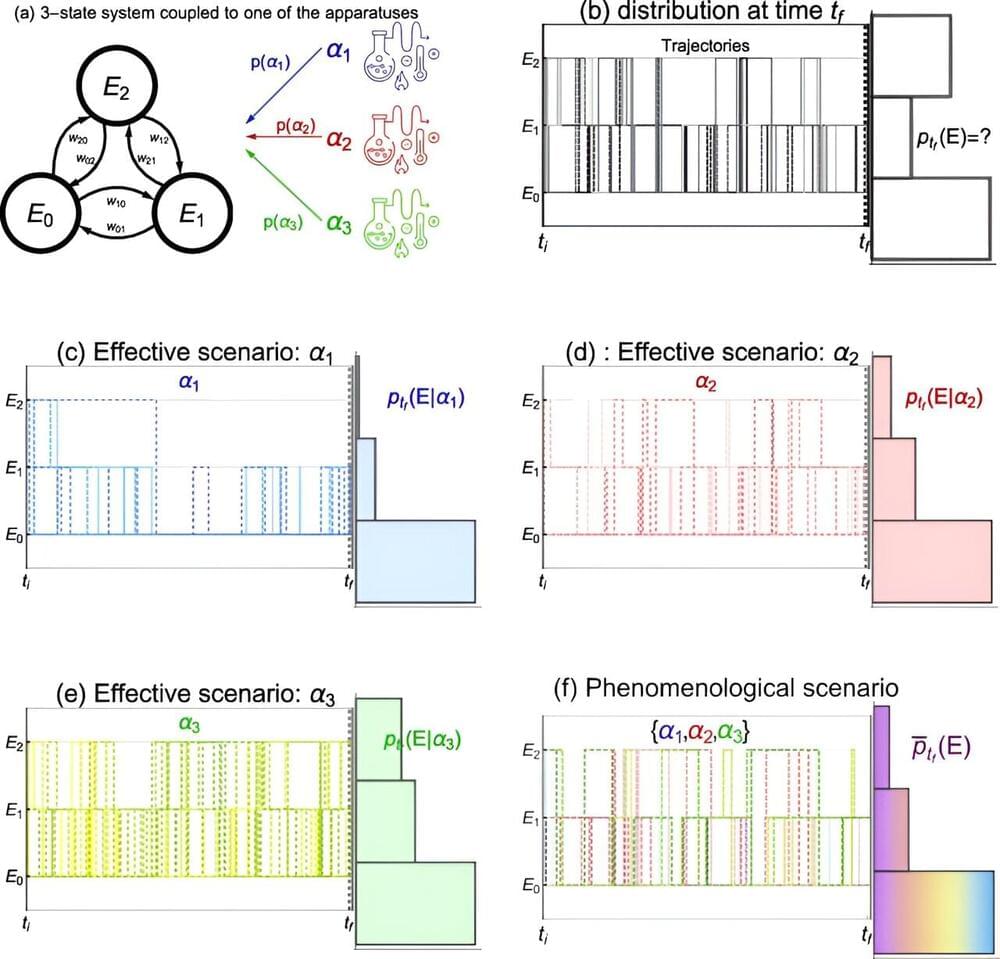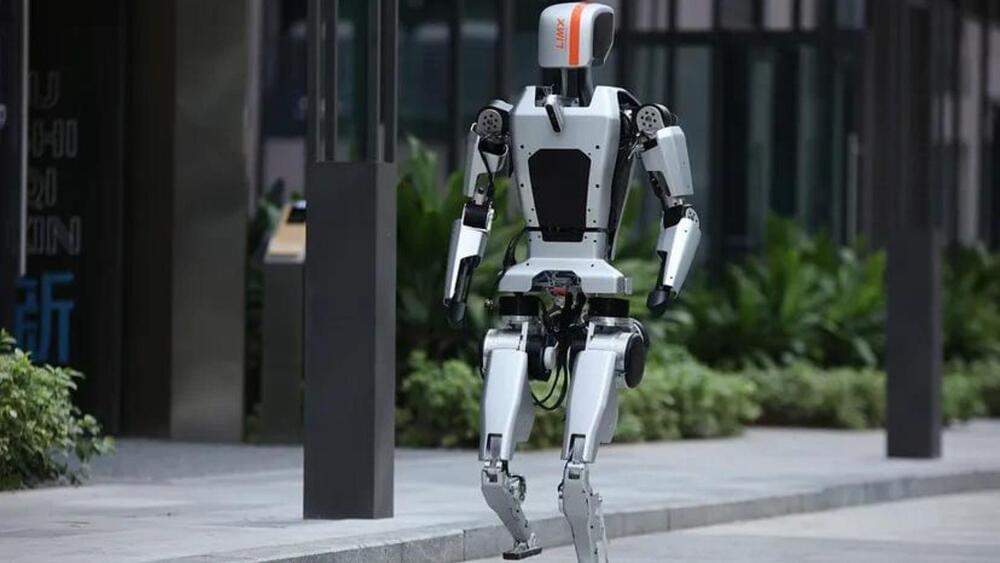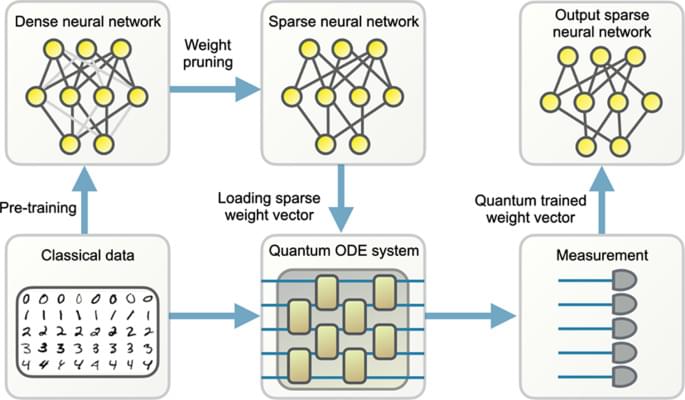
Winter in the northern hemisphere is always a brutal reminder for the shipping industry that routing vessels efficiently is a big challenge. Winter storms bring low visibility conditions, freezing spray, and sea ice, all of which can lead to catastrophic results if not appropriately navigated, including lost cargo, damaged hulls and even potentially toppling a ship in the most extreme weather. But this January adds additional pressures to the sector with new and enacted regulations around greenhouse emissions and carbon usages. The beneficial news is that in both scenarios, weather intelligence can help those navigating the open seas better plan and safely and efficiently navigate these waters.
While most of us know that weather impacts nearly every aspect of shipping, we likely think of it in terms of safety of people and cargo. According to The Swedish Club 2020 loss prevention report, heavy weather is cited in half of all claims and contributes to 80% of the financial losses. Weather optimized routing uses real-time weather forecasts, oceanic data, and the vessel’s current position to keep captains at sea and voyage managers on land about changing conditions. If there is hazardous weather, most voyage routing algorithms can make numerous calculations in real time and provide one or more alternatives for a ship operator to optimize a route. While ultimately this may not be the most efficient route, it will likely be the safest route for current conditions.
Weather intelligence is also critical in evaluating, and potentially adjusting, greenhouse gas emissions based on vessel performance and fuel usage. The Carbon Intensity Indicator (CII) introduced in 2023 is a rating framework that evaluates how efficiently a ship transports goods or passengers from a carbon emissions standpoint. This is the first year that ships will be assigned a rating. The data from the previous year is used in an efficiency conversion ratio. Each ship is assigned an individual CII rating from A to E, with A being the best possible rank.

















